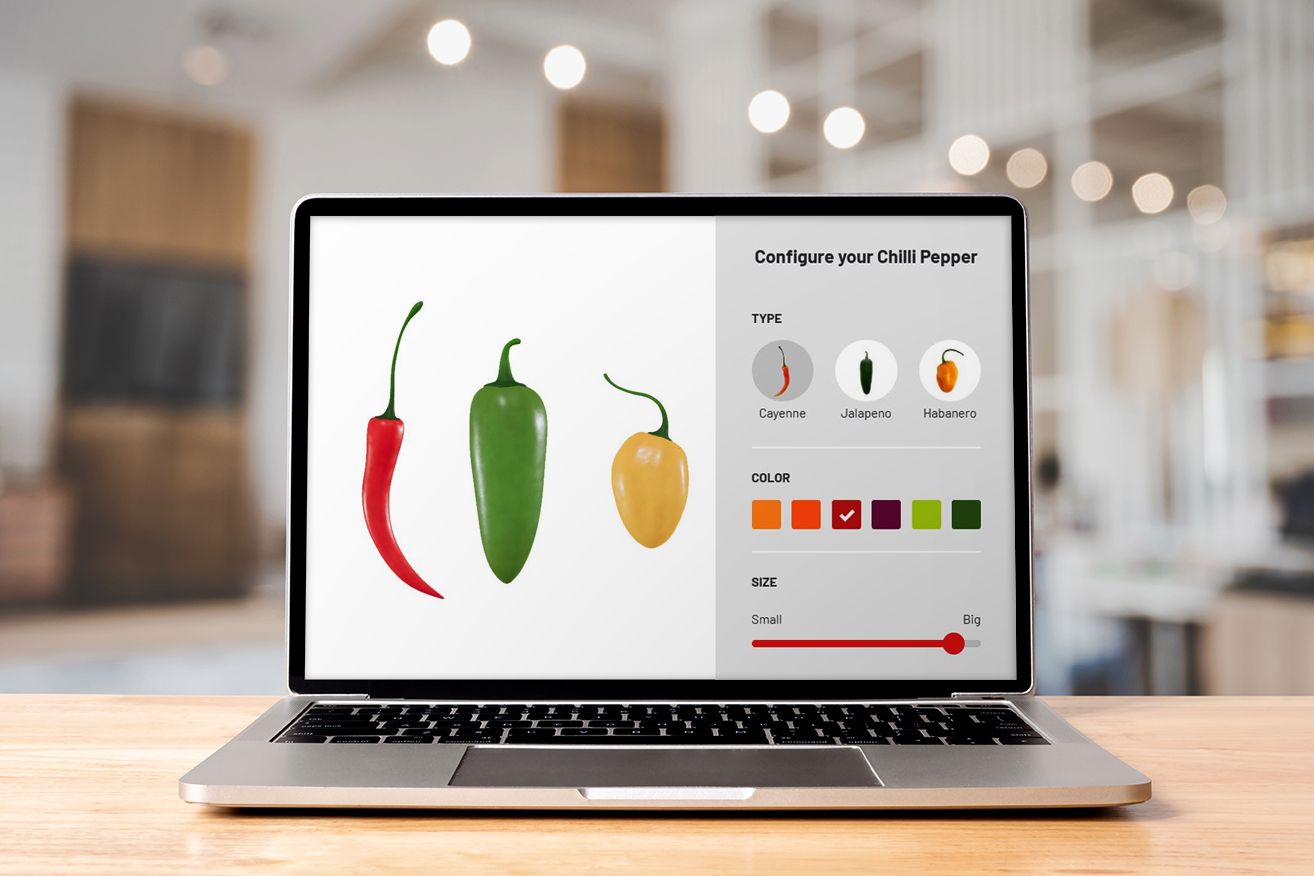
Luxury on the Edge: Turning Threats into Opportunities - A Closer Look at the Bain Report
In this article, delve into the intriguing world of luxury goods as we uncover hidden threats and explore the transformative potential of customizable products, drawing insights from the insightful Bain Report.
Table of Contents
The global luxury goods market is showing strong growth prospects, presenting a lucrative opportunity for jewelry and luxury product manufacturers seeking to sell directly to consumers, especially those offering customizable products. According to the latest spring luxury study conducted by Bain & Company and Altagamma, the personal luxury goods market is projected to experience growth between 5% and 12% in 2023, following a record-breaking year in 2022. This growth momentum is expected to persist, with the market potentially reaching a staggering €530-570 billion by 2030—more than double its size in 2020.
Amidst uncertain economic conditions, the luxury industry is experiencing a new phase characterized by "less but better" purchases. Customers are looking for iconic and uber-lux pieces, signaling a "quest for elevation" in their shopping preferences. This trend bodes well for jewelry and customizable luxury products, as discerning consumers seek unique and valuable items that transcend mere status symbols.
Key Insights from the Report
Top Performing Categories:
The study highlights watches and jewelry as top-performing categories. As consumers gravitate towards iconic and high-value pieces, jewelry manufacturers can capitalize on this trend by offering exclusive and personalized designs, catering to the unique tastes and preferences of their customers.
Regional Opportunities:
While the luxury shopping market in the US is slowing down due to economic uncertainties, Europe is witnessing sustained performance, especially driven by top spenders. For jewelry and luxury manufacturers, this presents an opportunity to target affluent European customers seeking bespoke and high-quality products.
Challenges and Opportunities Ahead:
The industry's key challenges in the midterm are related to ESG (Environmental, Social, and Governance) regulatory pressures and the impact of generative AI and new technologies on the value chain. To succeed, brands must focus on decarbonization and adopting new technologies that enable personalization and an elevated customer experience.
Threats Looming Amidst Accelerated Growth
Despite the promising outlook for the global luxury goods market, the report also highlights several threats that warrant careful consideration for jewelry and luxury product manufacturers venturing into the direct-to-consumer (DTC) space. As the industry experiences rapid expansion, the following challenges cast shadows on its trajectory:
Economic Warning Signs:
The report acknowledges that despite the current growth, there are signs of economic slowing, particularly in regions like the United States. The uncertainty surrounding global economic conditions poses a risk to consumer spending, and luxury brands must be vigilant in adapting their strategies to navigate potential downturns.
ESG Regulatory Pressures:
The rising emphasis on Environmental, Social, and Governance (ESG) factors places luxury brands under increasing scrutiny to align with sustainability and responsible practices. Brands must address issues related to decarbonization and emissions reduction to meet evolving regulatory demands and consumer expectations.
Generative AI Impact:
The advent of generative AI poses both opportunities and threats to luxury product manufacturers. While it can revolutionize business processes and enhance customer experiences, it may also disrupt traditional value chains and create challenges in adapting to rapid technological changes.

Consumer Shifts:
As the luxury market evolves, so do consumer preferences. Brands must remain vigilant in understanding and anticipating shifting consumer demands to offer products and experiences that resonate with the "literally me" era, where individuality and uniqueness are highly prized.
Global Geopolitical Tensions:
Geopolitical uncertainties can impact consumer confidence and spending patterns in various regions, leading to fluctuations in demand for luxury goods. Brands must be prepared to adapt to changing geopolitical landscapes to mitigate risks in different markets.
Competition and Brand Relevance:
The luxury goods market is highly competitive, with established giants and newcomers vying for consumer attention. Jewelry and luxury product manufacturers must continuously innovate and maintain brand relevance to stand out and capture the loyalty of discerning consumers.
While the global luxury goods market shows remarkable growth prospects, it is essential for jewelry and luxury product manufacturers to remain cautious and proactive in addressing the highlighted threats. Embracing sustainability, staying ahead of technological advancements, and understanding consumer preferences will be critical to thriving in the direct-to-consumer landscape. As the industry continues to evolve, successfully navigating these challenges will separate the winners from the losers in the competitive world of luxury goods.
Seizing the Direct-to-Consumer Opportunity
The direct-to-consumer (DTC) opportunity for jewelry and luxury product manufacturers is one that cannot be overlooked. The current market landscape presents a promising outlook for brands willing to embrace this approach. As the luxury goods market continues to evolve, there are several key reasons why DTC sales have gained significant traction and why customizable products play a crucial role in this shift.
Capitalizing on Digital Channels:
The rise of digital channels has transformed the way consumers shop, making it easier for brands to reach their target audience directly. By establishing an online presence, jewelry and luxury product manufacturers can connect with customers globally, breaking down geographical barriers and reaching new markets.
Empowering Tech-Enabled Consumers:
Today's consumers are tech-savvy and accustomed to personalized experiences. Embracing a comprehensive DTC strategy allows brands to cater to these tech-enabled customers by offering seamless online shopping experiences, easy customization options, and real-time interaction through social media and other digital platforms.
Building Stronger Brand Loyalty:
Direct communication with customers fosters stronger brand loyalty. When brands engage with their audience directly, they can better understand their preferences, needs, and feedback. This information can be used to tailor products and services, creating a deeper connection with customers and cultivating lasting loyalty.
The Power of Customizable Products:
In the "literally me" era, where individuality and self-expression are highly valued, customizable products hold immense appeal. Consumers seek unique items that resonate with their personality and style. By offering customizable options, jewelry and luxury product manufacturers can tap into this desire for personalization, allowing customers to design one-of-a-kind pieces that reflect their tastes and preferences.

Creating Emotional Bonds with Customers:
Customizable products create emotional connections with customers. When individuals are involved in the design process, they become emotionally invested in the product. This emotional bond goes beyond the transactional aspect of buying and can lead to increased customer satisfaction and advocacy.
Enhancing Customer Satisfaction:
Personalized products cater to specific customer needs and desires, resulting in higher customer satisfaction levels. Satisfied customers are more likely to recommend the brand to others, leading to positive word-of-mouth marketing and organic growth.
Standing Out in a Competitive Market:
In the luxury goods market, competition can be fierce. Offering customizable products sets brands apart from the competition, providing a unique selling proposition that appeals to customers seeking exclusivity and individuality.
Conclusion
The direct-to-consumer opportunity is a strategic avenue for jewelry and luxury product manufacturers seeking growth and success in an ever-changing market. By embracing digital channels, catering to tech-enabled consumers, and offering customizable products, brands can connect with their target audience in a more meaningful way. Building emotional bonds with customers and fostering brand loyalty is paramount in this era of personalized luxury shopping. As the "literally me" mindset continues to shape consumer preferences, brands that understand and capitalize on this trend are poised to thrive and become leaders in the luxury goods industry.










